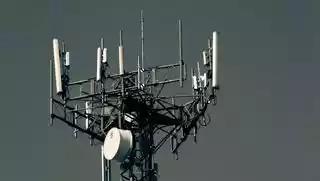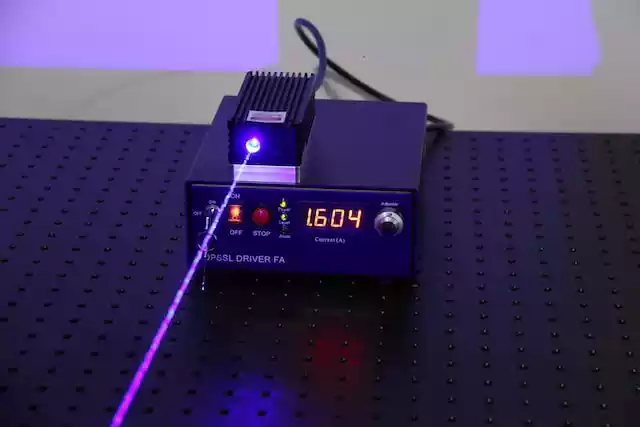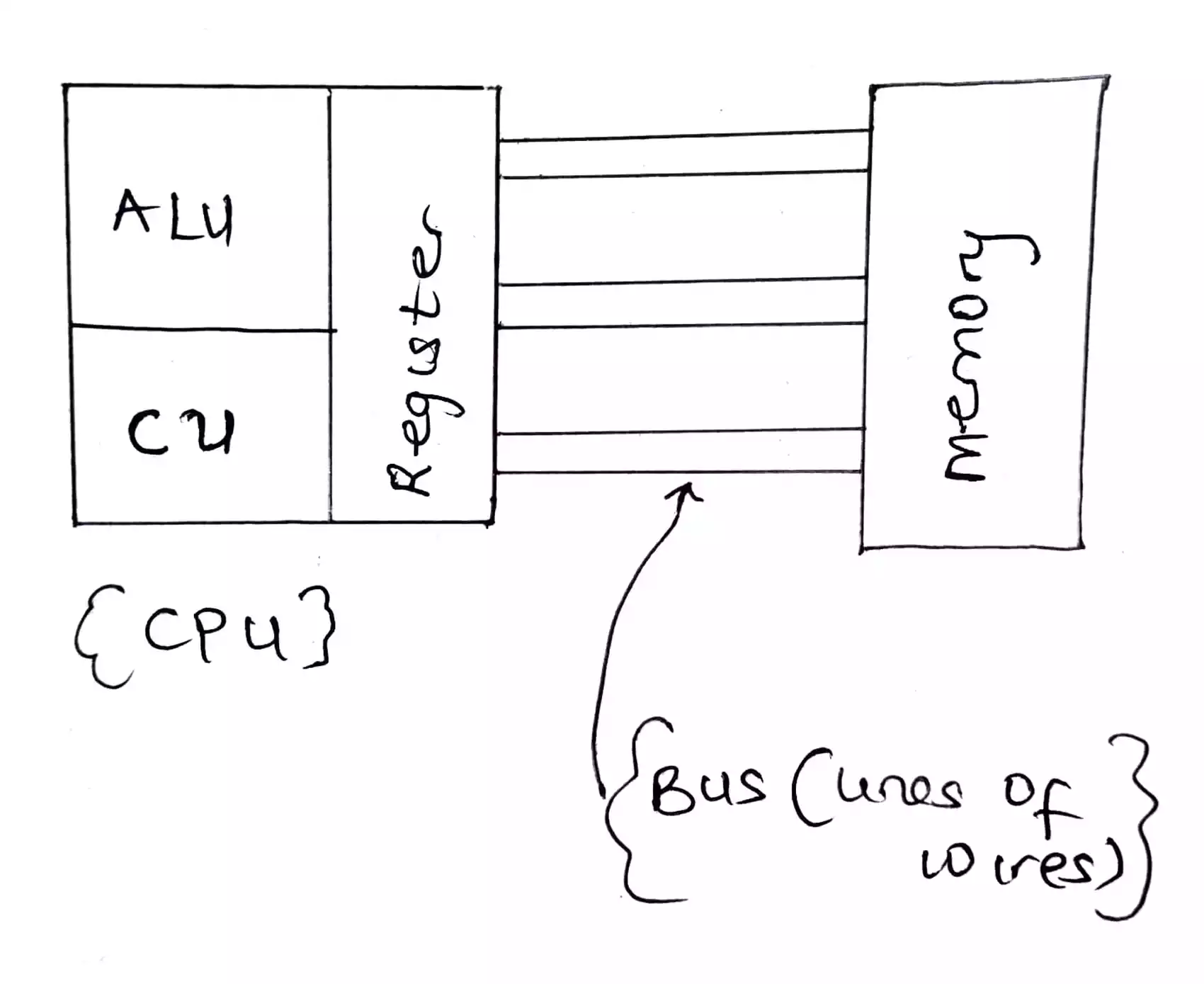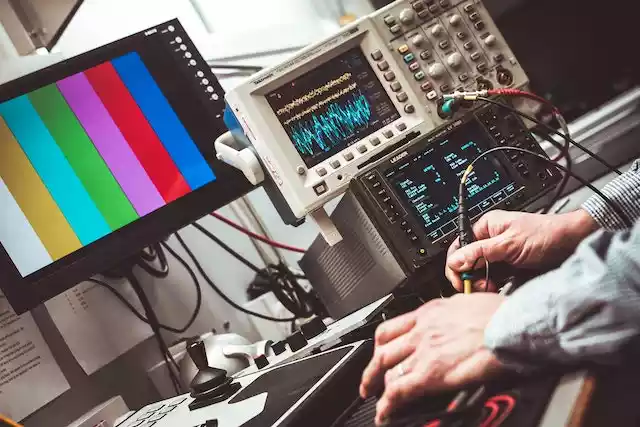List of Cables Used in Networking
Cables used in networking serve as the lifelines that transmit data between various devices, such as computers, servers, routers, and switches.
These cables are designed to carry different types of signals, including Ethernet, fiber optic, and coaxial, depending on the specific networking needs.
Table of Contents
Ethernet Cables
Ethernet cables are one of the most commonly used types of cables in networking. They provide a physical connection between devices and facilitate high-speed data transmission.
Ethernet cables are typically categorized based on their performance standards, such as Cat5e, Cat6, and Cat7.
Cat5e Ethernet Cables
Cat5e (Category 5e) Ethernet cables are capable of transmitting data at speeds of up to 1 Gbps (Gigabits per second).
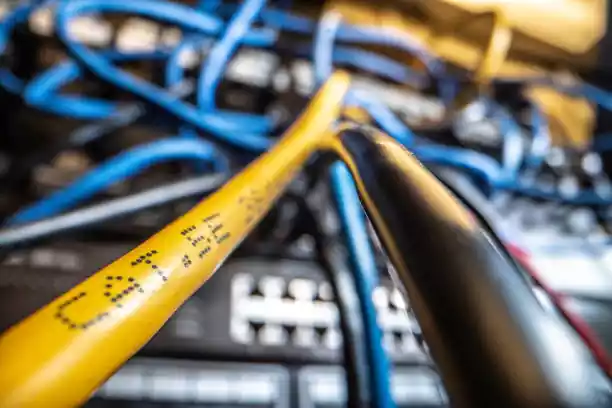
They are widely used in home networks, small businesses, and low-density environments.
Cat5e cables utilize twisted pairs of copper wires to reduce interference and ensure reliable data transfer.
Cat6 Ethernet Cables
Cat6 (Category 6) Ethernet cables offer enhanced performance compared to Cat5e cables.
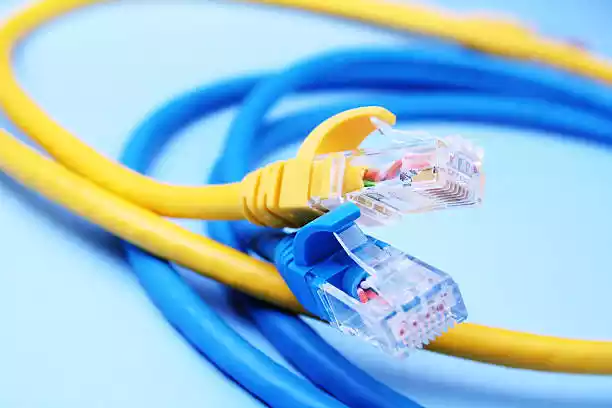
They can support data transmission speeds of up to 10 Gbps over short distances.
Cat6 cables are often used in environments that require higher bandwidth, such as offices, data centers, and enterprise networks.
Cat7 Ethernet Cables
Cat7 (Category 7) Ethernet cables provide even higher performance and more stringent shielding than Cat6 cables.
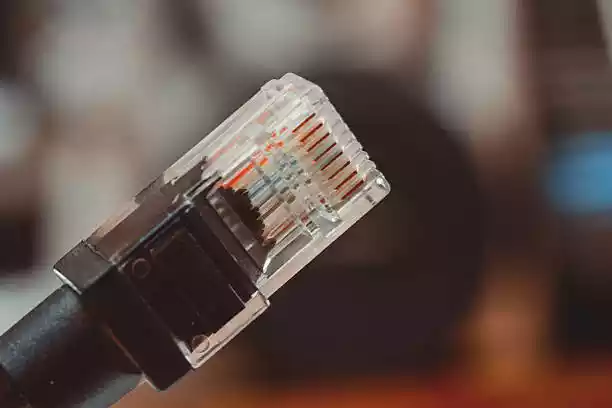
They are designed to transmit data at speeds of up to 40 Gbps and can operate over longer distances without signal degradation.
Cat7 cables are commonly utilized in demanding networking environments, including high-density data centers and industrial applications.
Fiber Optic Cables
Fiber optic cables offer a superior alternative to traditional copper-based cables for long-distance and high-bandwidth networking requirements.
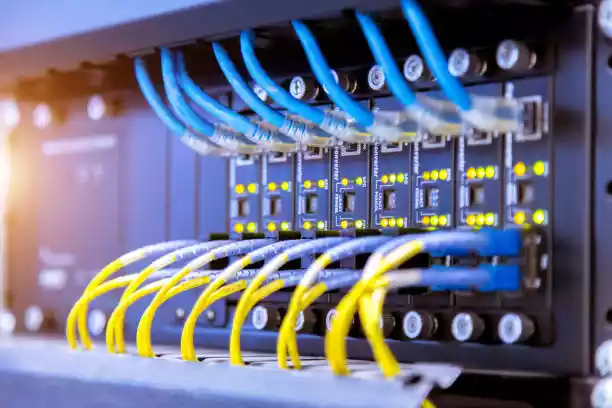
They utilize thin strands of glass or plastic, known as optical fibers, to transmit data using light signals.
Fiber optic cables provide several advantages, including:
- High Bandwidth: Fiber optic cables can transmit data at extremely high speeds, ranging from hundreds of Mbps to terabits per second, making them ideal for high-bandwidth applications.
- Long-Distance Transmission: Unlike copper cables, fiber optic cables can transmit data over much longer distances without significant signal loss.
- Immunity to Electromagnetic Interference: Fiber optic cables are not affected by electromagnetic interference, ensuring reliable data transmission in environments with high electromagnetic activity.
- Secure Data Transfer: Since fiber optic cables transmit data using light signals, they are inherently more secure than traditional copper cables, as they are more difficult to tap or intercept.
Coaxial Cables
Coaxial cables are primarily used in cable television (CATV) and broadband internet connections.

They consist of a central conductor surrounded by insulation, a metallic shield, and an outer protective layer. Coaxial cables offer advantages such as:
- Broadband Capabilities: Coaxial cables support a wide range of frequencies, making them suitable for transmitting both video and data signals.
- Resistance to Signal Loss: The metallic shielding in coaxial cables minimizes signal loss and provides effective noise reduction, ensuring reliable data transmission.
- Easy Installation: Coaxial cables are relatively easy to install and can be used for both indoor and outdoor applications.
Wrap Up
The selection of cables used in networking is crucial for establishing reliable connections and facilitating efficient data transfer.
Ethernet cables, such as Cat5e, Cat6, and Cat7, offer different speeds and are suitable for various environments.
Fiber optic cables provide high bandwidth, long-distance transmission, and enhanced data security.
Coaxial cables remain relevant in modern networking, particularly in cable TV and broadband connections.
Factors to consider when choosing cables include bandwidth, distance, environment, and scalability.
While fiber optic cables may be more expensive, their advantages justify their use in high-bandwidth applications.
Overall, understanding cable types and their suitability helps ensure reliable connectivity and optimal network performance.
FAQs about Cables Used in Networking
- What factors should I consider when selecting the right cable for my networking needs? When selecting a cable for networking, consider factors such as bandwidth requirements, distance limitations, environmental conditions, and future scalability.
Understanding the specific needs of your network will help you choose the appropriate cable type and category. - Can I use Cat5e cables for a Gigabit Ethernet connection? Yes, Cat5e cables are capable of supporting Gigabit Ethernet connections. However, if you require higher data transmission speeds, upgrading to Cat6 or Cat7 cables is recommended.
- Are fiber optic cables more expensive than copper cables? Fiber optic cables are generally more expensive than copper cables due to the complex manufacturing process and the higher cost of materials.
However, the advantages offered by fiber optic cables often outweigh the initial cost, especially for long-distance and high-bandwidth applications. - Can I mix different cable categories in my network? While it is possible to mix cable categories within a network, it is generally recommended to maintain consistency for optimal performance.
Mixing different cable categories can introduce compatibility issues and limit the overall performance of the network. - Do I need specialized equipment to install fiber optic cables? Yes, installing fiber optic cables requires specialized equipment and expertise.
It is essential to follow industry best practices and consult professionals to ensure proper installation and optimal performance. - Are coaxial cables still relevant in modern networking? Yes, coaxial cables still play a significant role in modern networking, particularly in cable television (CATV) and broadband internet connections.
They offer reliable data transmission and are compatible with a wide range of devices.

